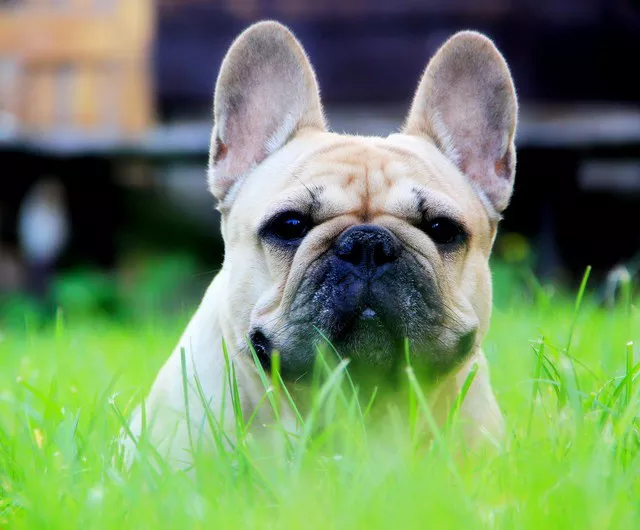Grooming is an essential part of pug care. Pugs are adorable and lovable dogs that require regular grooming to keep them healthy and happy. Grooming involves several tasks such as bathing, brushing, nail trimming, and ear cleaning. In this article, we will discuss how often a pug should be groomed and what you can do to keep your pug looking and feeling their best.
Understanding Pug Coat Type
Before we dive into how often a pug should be groomed, it’s important to understand their coat type. Pugs have a short, smooth coat that sheds moderately year-round. Their coat is easy to maintain and requires minimal grooming compared to other breeds.
However, despite their low-maintenance coat, pugs still require regular grooming to keep them healthy and clean. Regular grooming can help prevent skin problems, matting, and other health issues.
How Often Should a Pug Be Bathed?
Bathing is an important part of pug grooming, but it’s important not to overdo it. Pugs have sensitive skin that can easily dry out with too much bathing. Here are some guidelines for how often a pug should be bathed:
Adult pugs should be bathed every 6 to 8 weeks, or as needed if they become particularly dirty or smelly.
Puppies should be bathed less frequently, about once every 3 months, until they are fully grown.
Senior pugs may require more frequent bathing if they have mobility issues or are unable to groom themselves effectively.
It’s important to use a mild, dog-specific shampoo when bathing your pug. Avoid using human shampoos or harsh soaps, as they can be too drying for your pug’s skin.
How Often Should a Pug Be Brushed?
Brushing is an important part of pug grooming, as it helps remove loose hair, dirt, and debris from their coat. Here are some guidelines for how often a pug should be brushed:
Pugs should be brushed at least once a week to remove loose hair and prevent matting.
During shedding season, which typically occurs twice a year, pugs should be brushed more frequently, about 2-3 times a week, to help remove excess hair and prevent matting.
When brushing your pug, use a soft-bristled brush or a rubber grooming mitt to avoid damaging their skin. Be gentle and avoid pulling or tugging on their coat.
How Often Should a Pug’s Nails Be Trimmed?
Trimming your pug’s nails is an important part of grooming, as overgrown nails can cause discomfort and even lead to health issues. Here are some guidelines for how often a pug’s nails should be trimmed:
Pugs should have their nails trimmed about once a month, or as needed if their nails become too long.
If you can hear your pug’s nails clicking on the floor when they walk, it’s a sign that their nails need to be trimmed.
When trimming your pug’s nails, be careful not to cut too close to the quick, which is the pink part of the nail that contains blood vessels and nerves. If you’re unsure about how to trim your pug’s nails, it’s best to have a professional groomer or veterinarian do it for you.
How Often Should a Pug’s Ears Be Cleaned?
Ear cleaning is an important part of pug grooming, as pugs are prone to ear infections due to their floppy ears and skin folds around their ears. Here are some guidelines for how often a pug’s ears should be cleaned:
Pugs should have their ears cleaned about once a week to prevent the buildup of wax and debris.
If your pug is prone to ear infections, your veterinarian may recommend more frequent ear cleaning.
When cleaning your pug’s ears, use a dog-specific ear cleaning solution and a cotton ball or gauze pad. Be gentle and avoid pushing the cotton ball or gauze pad too far into the ear canal, as this can cause damage to the ear.
How Often Should a Pug’s Teeth Be Cleaned?
Dental hygiene is an important part of pug grooming. Pugs are prone to dental problems such as tartar buildup, gum disease, and tooth decay. Here are some guidelines for how often a pug’s teeth should be cleaned:
Pugs should have their teeth brushed at least once a week to prevent tartar buildup and gum disease.
If your pug is prone to dental problems, your veterinarian may recommend more frequent teeth cleaning or dental checkups.
When brushing your pug’s teeth, use a dog-specific toothbrush and toothpaste. Do not use human toothpaste, as it can be harmful to your pug. Be gentle and patient when brushing your pug’s teeth, as they may be resistant at first.
Conclusion
In conclusion, regular grooming is an important part of pug care. While pugs have a low-maintenance coat, they still require regular bathing, brushing, nail trimming, ear cleaning, and teeth cleaning to keep them healthy and happy. By following the guidelines outlined above, you can keep your pug looking and feeling their best. Remember to always use dog-specific grooming products and to be gentle and patient when grooming your pug. Regular grooming can help prevent skin problems, matting, and other health issues, and can help keep your pug looking and feeling their best for years to come.


